
So he had the Batcave, Alfred, and more money than Donald Trump, but before the Dark Knight really hit his stride he needed something, or someone, to help him reach beyond himself. He needed to discover that elusive equation where the sum equaled more than its parts. That’s right, the Caped Crusader needed a sidekick. He needed Robin. We mountain bikers are no different.
While riding solo has its Zenmaster time and place, and group rides are a commune on wheels, there are some areas of our biking self that just can’t seem to progress without finding a mountain biking compadre. Even Jordan had Pippen.
There are several benefits to riding with someone else:
- It’s motivating
- It compels you to compete and improve
- It’s safer
- It’s educational
- It’s economical
- It’s social
- And, it’s just fun.
So how do you do it? Here are seven ways to find a sidekick and become a dynamic mountain bike riding duo.

1. Start Where You Are
Society today washes over us like a tsunami of unrealistic expectations that not only drowns our dreams but empties our wallets in the process. OK, waxed a little philosophical there, and pessimistic, but mountain biking is not immune to the pressures of a materialistic and image-driven world. Have you seen a mountain bike ad or video lately? We can’t ALL ride those bikes that way (or afford to). It’s an enlightened attitude to want to be our better self, but it’s human nature to think that can only be obtained by being better than everyone else.
We strive, we improve, we challenge ourselves, and drive to push past all obstacles. We can go through the pain and resistance to get to a place that many thought we couldn’t possibly reach (including ourselves). That is just an incredible and rewarding accomplishment and feeling. But, it’s still OK to start at the beginning – wherever that may be.
If you are on a used $500 hardtail doing flat beginner trails, so what? If you are happy and improving, good for you. If your bike costs more than your first car, and you laugh huge dropoffs in the face, that’s fine too. Knock yourself out (well, not literally, and wear a MIPS helmet). But seriously, honestly define your level of fitness and riding style, your goals, your available time and money, and keep a look out for someone like that (but preferably someone a little bit better in the skills department – to challenge yourself). That’s who you are looking for. Someone to start with you where you are.

2. Pick Your Trail
Obviously, nothing beats actually riding with someone else, but until you do that, you can get a sense of someone’s level of fitness and skills by what trails they ride consistently. For that first ride together, find a trail that both of you do a lot. If neither of you have really ridden much, ask around and pick an easy, non-technical trail. There is nothing worse than riding on a trail with someone new when one, or both of you, is hike-a-biking over and over. If they ride much more difficult trails than you, let them know. No shame in that. Why surprise them with that nugget of knowledge on the trail? Also ride in the daylight in good weather (if possible). Put all the odds in your favor.

3. Be Specific About Time and Place
One of the problems I see with group rides is trying to get multiple people all in one place at one time (not to mention how widely peoples’ skills and fitness levels vary). Peoples’ concept of time and place differs greatly, too. When you are auditioning a sidekick, be specific on when you plan for your ride to start and finish, where you will start, and where you will go, so there are few surprises. Show him or her that you value their time by respecting it. Also, it is always a good idea to follow up with people the night before the ride to confirm everything is a “go.”

4. OTP – “On the Pedals”
One of my favorite mountain bike duos was (and still is) with a former co-worker. In a two-year stretch we rode weekly, and we have continued to ride off and on for the past 10 years. Our skills and mountain biking goals are very similar, but we didn’t always time our rides very well. I would change my clothes at the trailhead or fix a flat tire. He would need to use the restroom or adjust his brakes or pedals. Sometimes one of us (usually him) would wait for the other (usually me) for 15 or 20 minutes. This sounds like a little thing, but if you are trying to get in an evening ride before it gets dark, or a morning ride before it gets dangerously hot (which it does where I live in Arizona) you get a little antsy (plus significant others are rarely happy when you get home later than you promised).
So, we came up with a term called “On the Pedals.” We decided it didn’t matter what time we got to the trailhead, what traffic was like, or what the condition of our bikes were, as long as we were “On the Pedals” and on the trail at a specific, pre-arranged time. Incredibly, this has worked really well, not only with him but others, and I’ve found we’ve almost always OTP’d when planned ever since.
Give your new bike riding companion an OTP and stick to it religiously. They’ll appreciate your promptness and hopefully comply as well.

5. Be Prepared
OTP was devised to combat tardiness, but being prepared makes it fairly easy. I used to be a lists guy, and would write down everything I needed before a ride. I’ve since become a tub guy instead. I put everything (other than my bike) in a tub. I check the tub a few days before the ride to make sure everything is in it. I look over my bike too. No flats. Brakes are OK. Gears shift fine. Bike is clean. I do a mental checklist (head to toe) of what clothes I need. I then make sure everything (including my bike) is in my car the night before and my clothes are set out to wear. If my bike is on a rack, I park the car in the garage. The goal is to have everything in the car way before the ride. All I have to do is get dressed, get in, and drive. I double check everything.
Something else I try to think of is my fitness and health. What will I eat the day of the ride? How much water have I been drinking? How much will I sleep? Am I sick or injured? Have I been exercising consistently to be fit for the ride? If I’ve been exercising a lot, have I given myself enough recovery time? All of these things impact your ride and should be considered.
I also keep a close eye on the weather and have a map (especially if it’s a newer or lengthy, remote trail). Keep that phone charged too.
Everybody prepares differently, but I’ve found that anyone worth their weight in spit (and worthy of being a great riding partner) has a method to preparing. Seek out such persons and be one yourself. Things go wrong, and we adjust accordingly, but we can and should always be as prepared as possible.

6. Ride
This is the easy part. Just ride. If he or she is faster than you, try to keep up. Kindly let them know if you need breaks. If they are slower than you, break accordingly so you are in the same zip code. Just be courteous. No need to show off or ride technical areas neither of you is comfortable with. Be yourself. Be aware of how they are doing and share a gel pack. Socialize appropriately and have fun.
7. Assess
You’ll get a sense after the ride (and maybe even during) if this is someone you would like to ride with consistently in the future. You can even ride a few more times to see for sure. They are probably making the same assessment about you.

It takes some trial and error, but eventually you should be able to find a partner to ride with regularly and enjoy all the benefits of having a solid riding companion. And, it’s alright to have a few different arrows in your quiver – ride with Wolverine one day and Wonder Woman the next. Just avoid Superman – we all know he’s really a road biker.




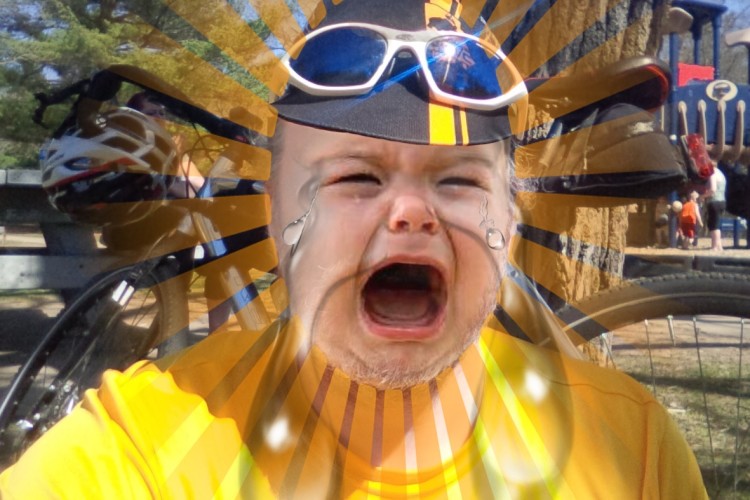
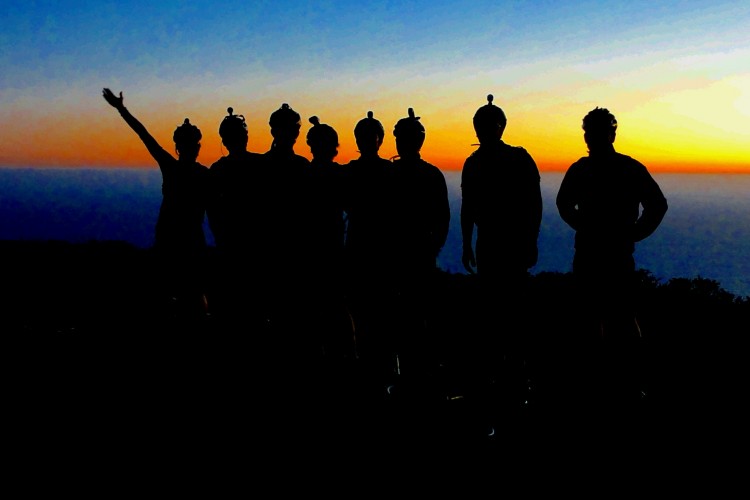
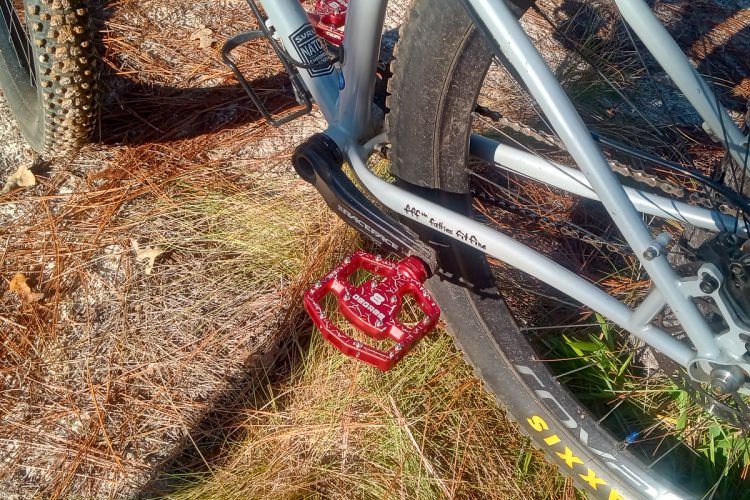
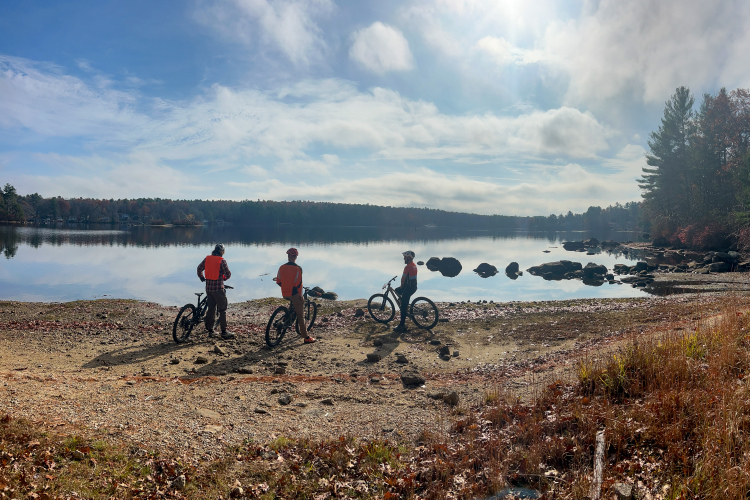
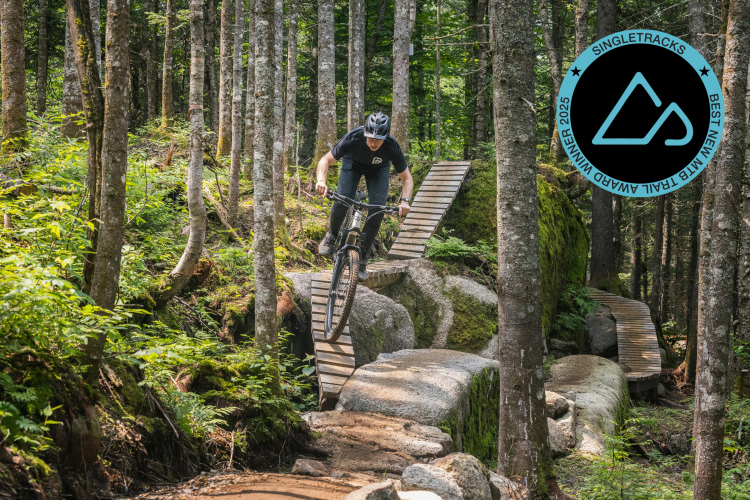
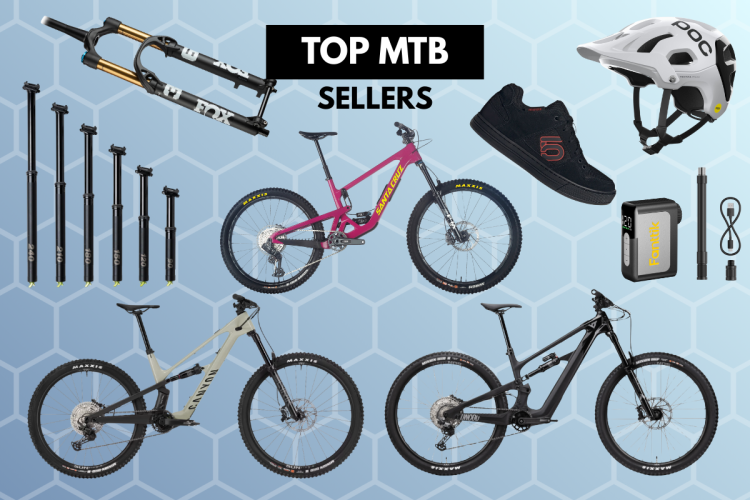

2 Comments
May 5, 2017
May 5, 2017